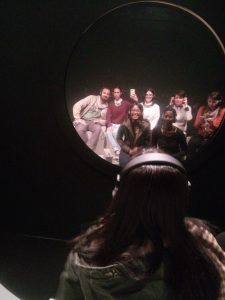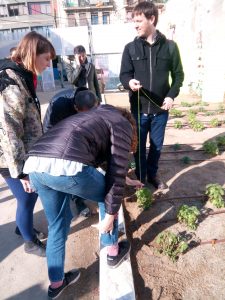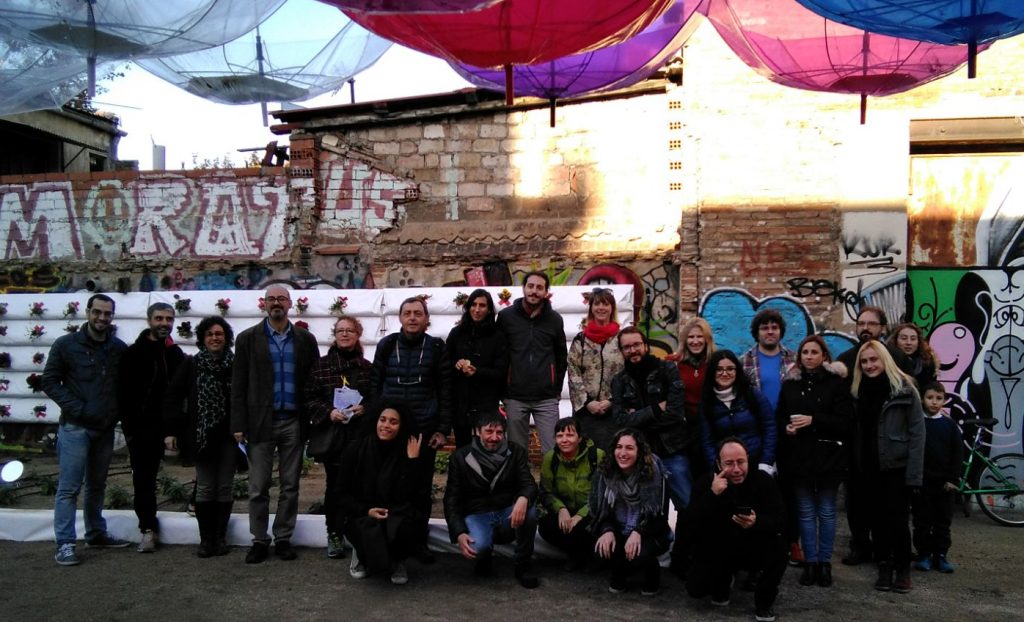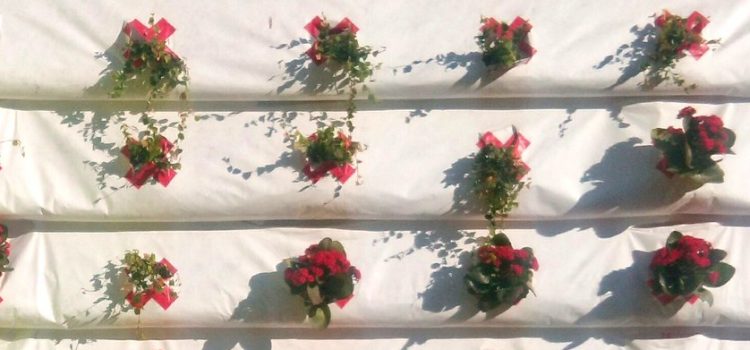
If we could travel back in time to the days of our great grandparents, we would find ourselves in a completely different world, with another atmospheric and water composition, a different land use, etc. The result of two centuries of human impact on the natural ecosystems is explored in the exhibition After the End of the World, at the Centre de Cultura Contemporània de Barcelona (CCCB).
Within this context, a City Station co-produced by CCCB and Barcelona City Council has been set up in the district of Sant Martí to carry out citizen science actions (known as ‘prescriptions’) with the aim to improve the city’s environmental health. This Station, based on the conceptual framework of the artist and engineer Natalie Jeremijenko and coordinated by the professor Josep Perelló, hosted the Citizen Science Training School (COST action 15212) in which Mapping for Change took part.
Composed of nearly twenty professionals and researchers, the School presented local citizen science-related projects with the aim to inspire the group to propose new activities to carry out within the City Station. We learned about ‘Decidim’, the Open-Source participatory democracy tool that Barcelona City Council is using since 2016; the citizen science project Mosquito Alert which involves citizens in the detection and fight against the tiger mosquito, an invasive species introduced in Catalonia 10 years ago; or the application of the European Making Sense project in relation to noise pollution in Plaça del Sol in Barcelona.
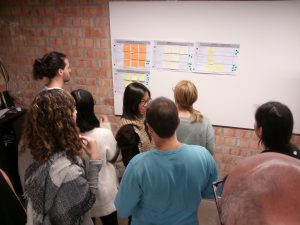
Organising ideas following the collaborative strategies and co-creation methodologies by Enric Senabre, UOC
Among the group, we developed three different prescriptions: one to tackle Barcelona’s cleanliness; another one to create pollinator plant pots and a prescription to use sound as a tool to enhance place making. These prescriptions will be refined and made available via the City Station website to be used by the citizens to improve their local environmental health.
